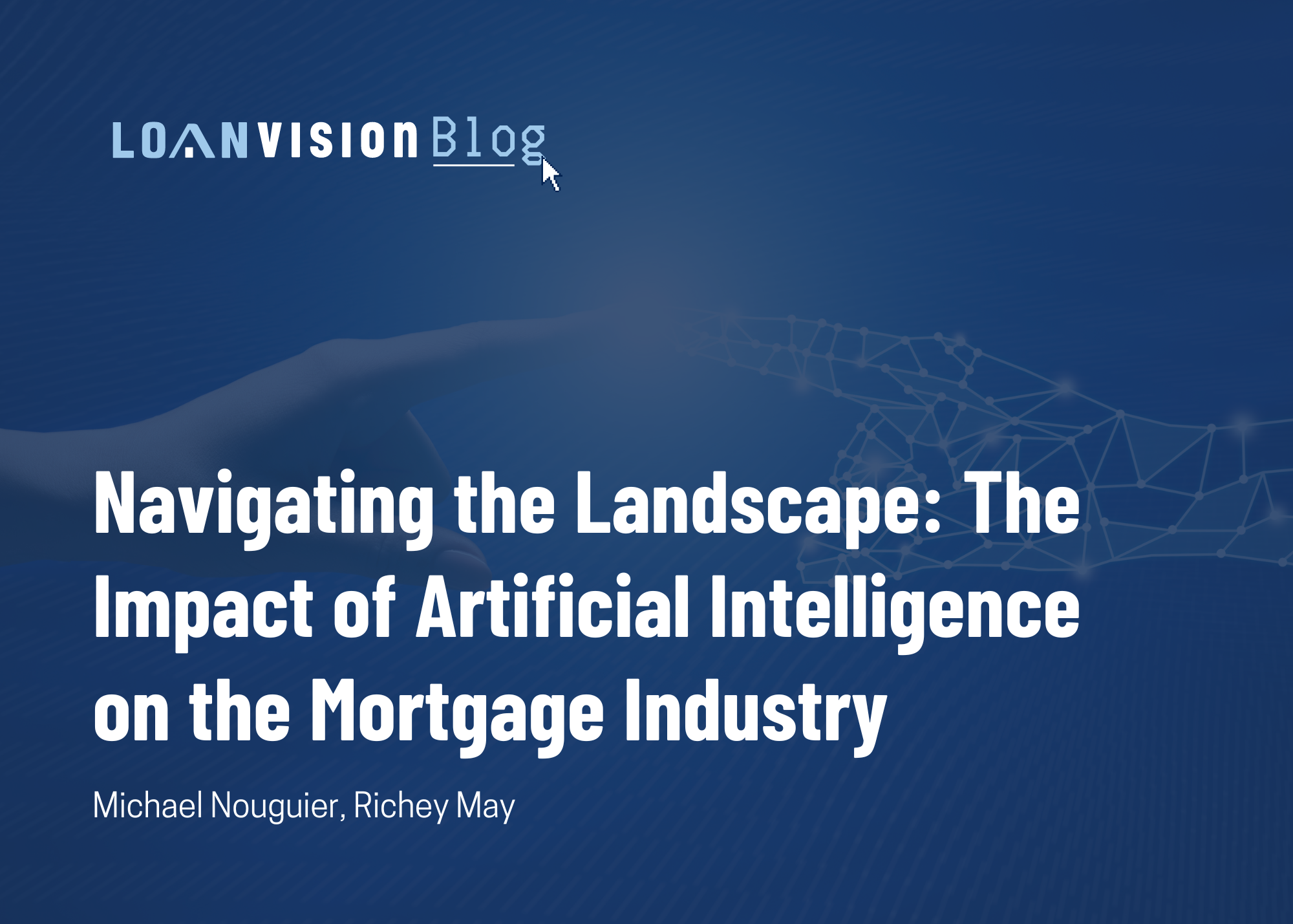Artificial Intelligence (AI) is ushering in a new era of technological advancements and its capabilities are transforming the mortgage industry; it can revolutionize the way lenders operate and enhance how borrowers navigate the home financing process. With its ability to automate tasks, analyze data, and enhance decision-making, AI could potentially offer endless benefits to mortgage lenders. While AI comes with many advantages, the organization and the Chief Information Security Officer (CISO) must consider the risks that AI presents to the confidentiality, integrity, and availability (“CIA Triad”) of the data within their organization. Mortgage lenders should develop an understanding of how AI is reshaping the industry, and weigh the associated benefits, risks, and considerations for third-party risk management to successfully leverage the technology while protecting their organization.
Benefits of Artificial Intelligence in the Mortgage Industry
Many key areas in the mortgage origination process are enhanced by artificial intelligence.
- Streamlining Loan Processing: Automation powered by AI can accelerate loan processing by replacing many manual tasks. This leads to faster turnaround times for mortgage approvals, with more accuracy.
- Improving Risk Assessment: A mortgage bank can leverage AI to churn through large datasets to assess borrower risk profiles. Using AI to analyze the data provides a better understanding of risk by correlating diverse data points such as credit history, income sources, and property valuation. When monitored and used in conjunction with fair lending best practices, loan officers can make more informed lending decisions, reducing the organization’s risk.
- Enhancing Customer Experience: Several Software as a Service (SaaS) platforms have integrated AI into their customer-facing chatbots. This provides borrowers with personalized guidance throughout the mortgage application process, providing a better customer experience.
- Optimizing Marketing and Lead Generation: AI can be leveraged to enhance an organization’s lead generation and nurturing processes by customizing marketing campaigns for each individual. The customizations are based on a person’s preferences and behaviors, enabling lenders to reach qualified leads more effectively, maximizing conversion rates.
- Predictive Analytics for Pricing and Portfolio Management: One of AI’s most prominent functions is analyzing data. By design, it’s built to pull in historical information and use it to forecast trends and provide accurate predictive analytics. Using AI to analyze an organization’s financial information enables lenders to optimize and proactively adjust pricing strategies and risk exposure in response to market cycles.
Risks of Artificial Intelligence in the Mortgage Industry:
While many aspects can improve operations, there are inherent risks that should be evaluated when considering the use of artificial intelligence in an organization. With the proper plan in place, lenders can safeguard their organization to mitigate the associated risks.
- Data Privacy and Security: The use of AI involves processing vast amounts of sensitive borrower data, so lenders must perform thorough risk assessments and implement proactive cybersecurity measures to safeguard against data breaches and unauthorized access. Garnering an understanding of the inputs, ownership, and usage of the data leveraged by AI is important to effectively protect your borrowers’ data. Proactive defense measures include a detailed cybersecurity awareness training program, robust technical controls, and detailed and documented policies and procedures.
- Algorithmic Bias and Hallucinations: Hallucinations in AI occur when the outputs created are false or misleading. AI algorithms may exhibit bias based on the data used, which could potentially lead to discriminatory lending practices. Lenders must monitor and understand that AI-produced results may not be wholly accurate, valid, or fair, so they can adhere to fair lending practices.
- Regulatory Compliance Challenges: Implementing AI in the mortgage industry requires adherence to regulatory frameworks such as the Truth in Lending Act (TILA), the Real Estate Settlement Procedures Act (RESPA), and the Home Ownership and Equity Protection Act (HOEPA). Lenders must navigate regulatory complexities while deploying AI solutions, addressing challenges related to data governance, transparency, and consumer protection. Ensuring that compliance teams are aware of the use of AI and that Governance teams monitor their use is important.
- Dependency on Technology: While AI enhances efficiency and decision-making in the mortgage industry, overreliance on technology can pose risks, including system failures or errors. Lenders must maintain a balance between automation and human oversight to mitigate operational risks effectively. This also should be considered as part of an organization's Business Continuity and Disaster Recovery program. If AI were to fail or be removed, an organization should have the proper processes in place to maintain continuity in its lending process. Testing the plan annually is a best practice to ensure an organization maintains resilience in its operation.
Considerations for Third-Party Risk Management and AI-enabled Tools:
Mortgage lenders must also consider third-party risk management when utilizing AI-enabled tools, as the impact extends beyond the organization. It's essential for lenders to conduct thorough due diligence when selecting and contracting with third-party vendors, assessing their security practices, ethics in AI, regulatory compliance, and data handling protocols. This, combined with proper governance programs, will assist mortgage lenders in identifying and mitigating potential risks associated with AI-enabled tools. By prioritizing third-party risk management and implementing comprehensive risk strategies, mortgage lenders can effectively work with third parties while safeguarding their organization’s data.
A key role of a Chief Information Security Officer (CISO) is to identify and protect your organization against risks that can impact the confidentiality, integrity, and availability of the data that the organization manages. If your existing team needs assistance identifying this type of risk or support creating and managing a defensive cybersecurity program the Richey May Cyber Team is ready to help. Need a fully outsourced team? The Richey May Cyber Team can fill this role. Email info@richeymay.com today for more information.
